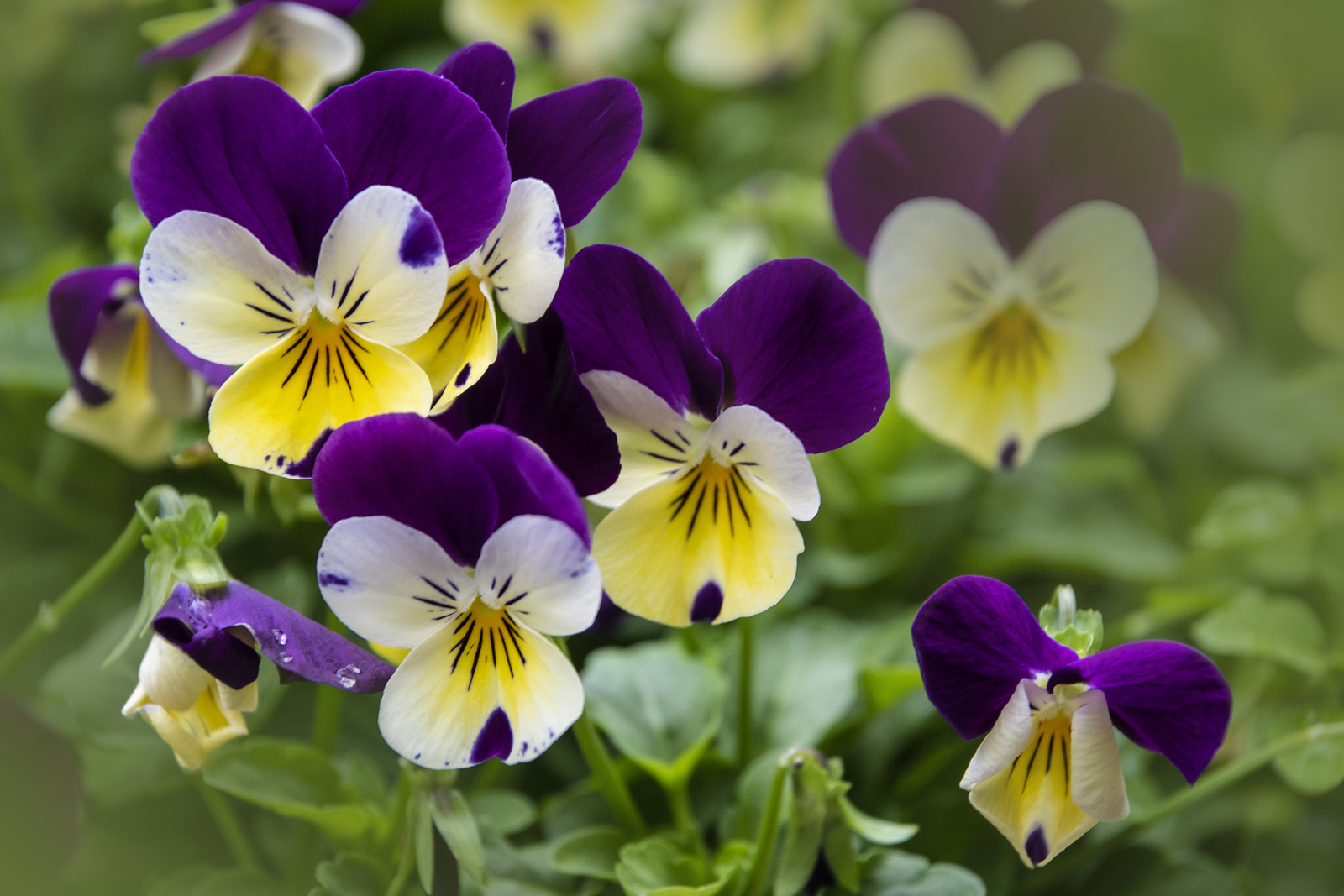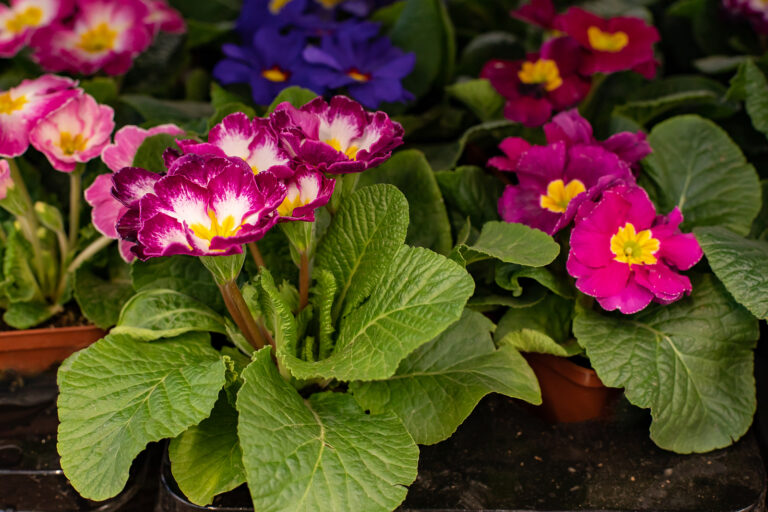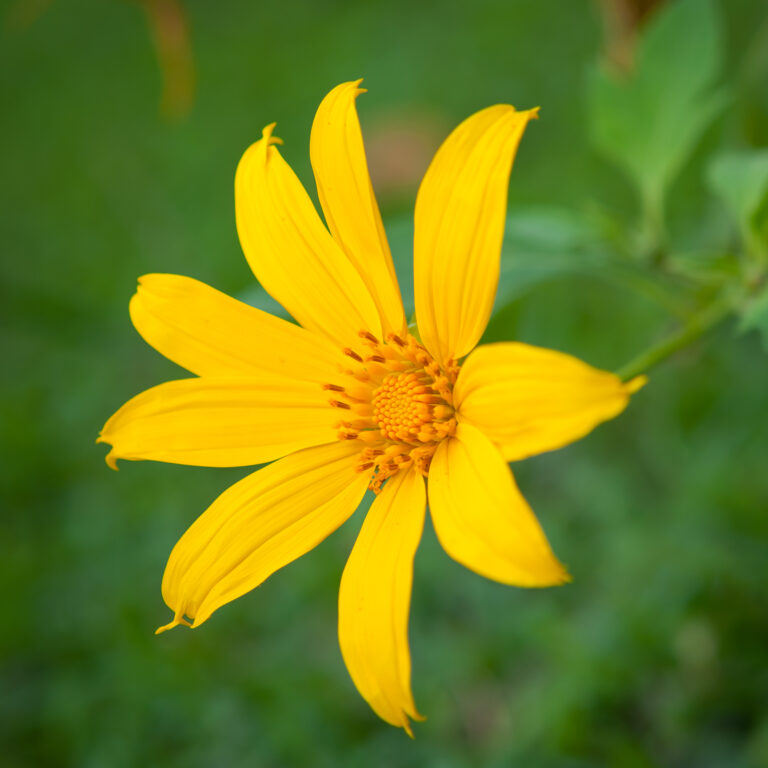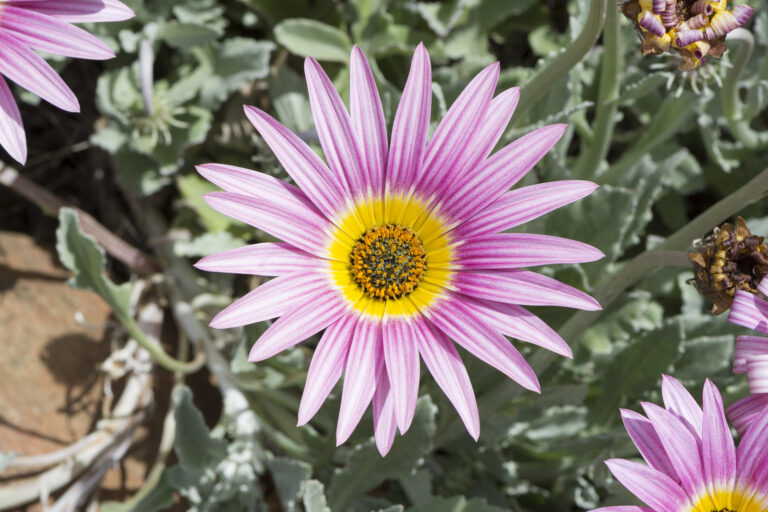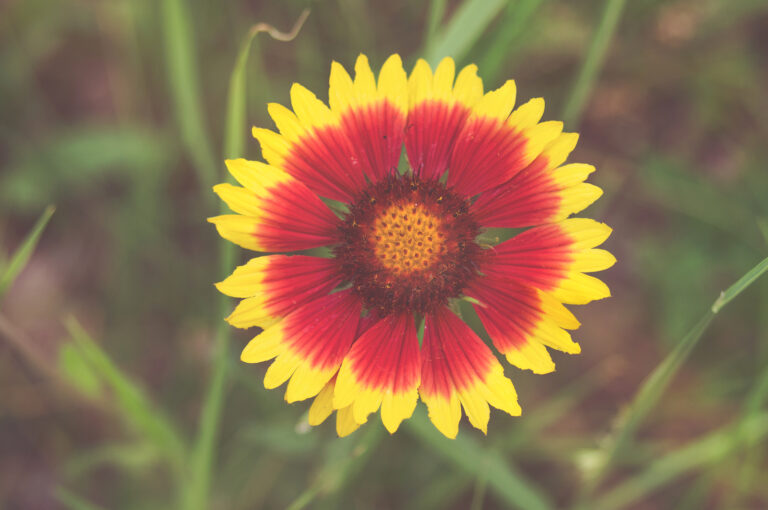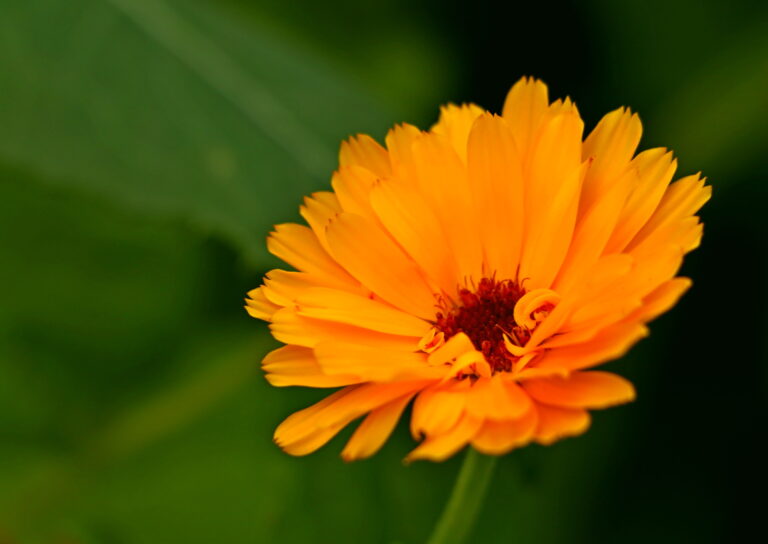Designing with Annual Flowers
Annual flowers are a mainstay in the flower garden. They provide almost instant color in just about every season of the year.
Annuals grow quickly to fill space where you need color. Annuals are available in every color. They are inexpensive so you can get a lot of color for your money.
Annual flowers are shallow-rooted so they are easily changed out and replaced with new plants at the end of a season or any time you want to try a new color scheme or new textures, or simply grow an annual you’ve never grown before.
Annual flowers grow from seedling to mature plant and die in one year—sometimes in just half a year. (A perennial plant is one that commonly lives for 3 to 5 years.) There are warm-season annuals that thrive in temperatures greater than 65°F (18°C) and cool-season annuals that thrive in temperatures from about 40°F to 70°F (4-21°C).
(Just so you know, a warm-season annual can be a perennial in parts of the subtropical parts of the world where temperatures never drop below 65°F (18°C). You should also know that some plants such as salvias. For example, include some species that are annuals and some species that are perennials.)

Choosing annuals for the garden
How do you know if a plant is an annual or a perennial? Read the plant label or do a quick online check of a plant’s botanical name to know if it is an annual or a perennial. Label, book, or online descriptions will also tell you a plant’s temperature tolerances as well as sunlight, water, and soil needs. Plant descriptions will also tell you a plant’s growth habit–if it grows tall or short, if it grows wide or narrow, if it hugs the ground, or climbs.
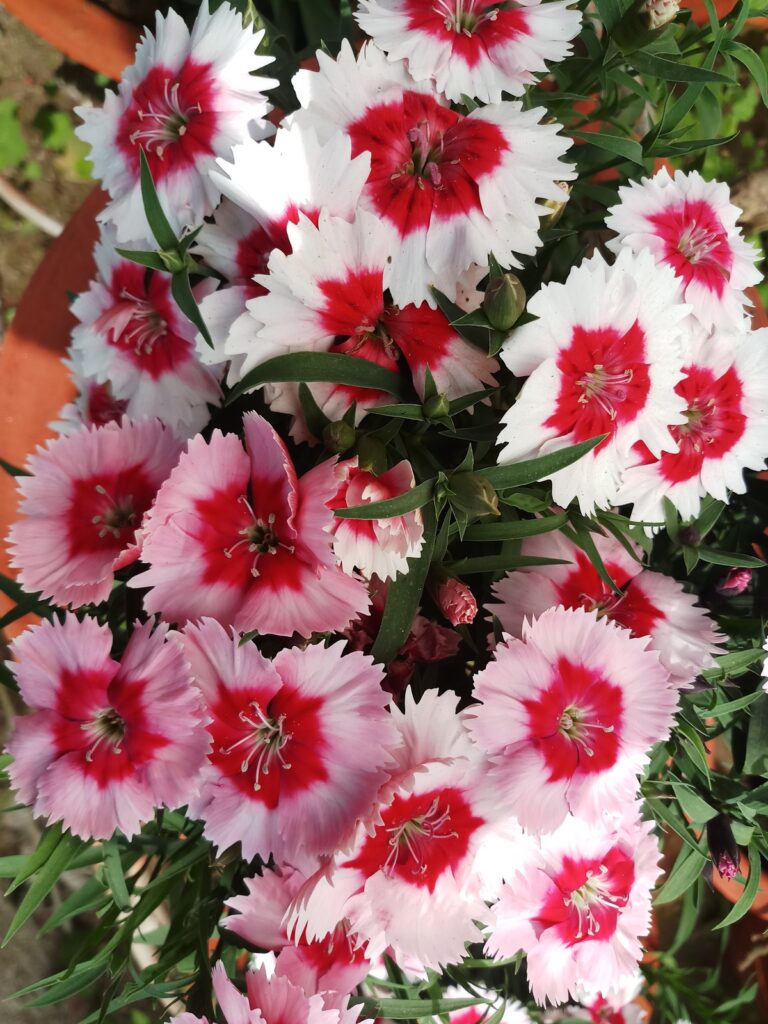
Adding annuals to the garden
Here a few tips for adding and designing with annual plants:
- Plant annuals in groups; when it comes to design, plant annuals (and perennials) in odd-numbered groups, 3, 5, 7, etc. Plants usually don’t grow alone in nature; for a natural look, plant in multiples.
- Plant annuals with each plant’s size at maturity in mind. Annuals are commonly quick growers; they can reach mature size in 4 to 8 weeks. Plant so that each plant can reach its full size and cover the ground as it would in nature. You can set annuals and other plants closer together but expect that lack of sunlight and air circulation will cut the plant’s life short.
- Annuals can be set into a garden design because they bring quick color to the garden, but some annuals are equally valued for their foliage color or texture (coleus is an example of a plant that brings outstanding foliage color to the garden). Keep all of a plant’s attributes in mind when designing and planting.
- Know each plant’s season. Does it thrive in warm weather or cool weather? Set annuals in the garden with the season in mind. Will the months ahead be warm or cool? How will each plant grow over the course of the coming months? Be prepared to alternate cool-season and warm-season annuals in the garden. Cool-season annuals can go into the garden in early spring; they will be replaced by warm-season annuals in late spring or early summer; they will be replaced again in autumn, and may or may not live through winter depending on how cold winter gets where you live.
- Know each plants water and fertilizer needs. Because annuals grow quickly, they commonly need a bit more food than perennials; they may require two or three feedings over the course of the year. Annuals do not have deep roots so they require regular water. Keep the soil evenly moist for annuals, not dry and not wet.
- Be aware if the annuals you are planting readily drop seed and grow new plants from their own seed; these plants are known as reseeders or self-sowers. Self-sowers can be a blessing, or not. Self-sowers will sprout new plants wherever seed drops; that can mean extra maintenance thinning or transplanting unwanted plants; it can also mean you don’t have to buy that plant again next years.

Most popular annuals
Here’s a list of the most popular annuals according to the Professional Plant Growers Association:
- Impatiens (warm weather)
- Petunias (warm weather)
- Geraniums (warm and cool weather)
- Marigolds (warm weather)
- Begonias (commonly cool weather or shade)
- Vinca, the annual species (warm weather)
- Pansies (cool weather)
- Dianthus (cool weather)
- Sweet alyssum (cool and warm weather)
- Salvia (warm weather)
Also of interest:

